| Organizer | Dipl.-Inf. Philipp Heise, Dipl.-Inf. Brian Jensen, Dipl.-Inf. Sebastian Klose |
| Module | IN2106 |
| Type | Masterpraktikum |
| Semester | SS 2013 |
| ECTS | 10.0 |
| SWS | 6 |
| Time & Location | Wednesdays 14:00 - 15:30 in 02.09.023 Starting on 17.04.2013 |
| Preliminary Talk / Vorbesprechung | Monday, 28.01.2013 at 11:00 in room |
| Certificate | successful completion of all exercises |
| Registration | |
Course Materials
| Date | Due | Topics | Slides | Assignment Sheet |
| 17.4.2013 | 8.5.2013 | ROS familiarization and Harris corner detection |
||
| 08.05.13 | 22.05.13 | Feature Descriptors and Matching: MOPS, BRIEF and ORB, ROC Challenge |
||
| 22.05.13 | 05.06.13 | Stereo Visual Odometry |
||
| 05.06.13 | 19.06.13 | Dense Stereo |
- | |
| 19.06.13 | Start of Project Phase | - |
Final Projects
| Team | Project | Proposal | Final |
| A-Team | Stereo SLAM |
||
| Computer Visionaries | Robust RGBD visual odometry using a particle filter |
- | |
| Global Maximum | Systematic evaluation of binary feature descriptors |
||
| Grotteneumel | Sequence SLAM for place recognition |
||
| Wurzel | Robotino - the follower |
ROC Challenge Results

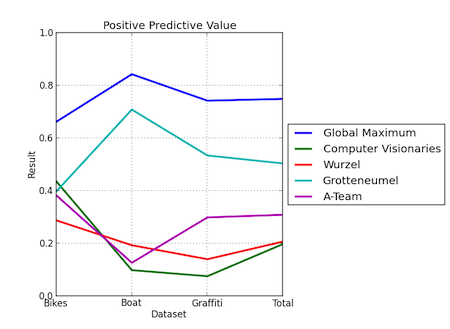
| Team | Bikes | Boat | Graffiti |
| A Team Total AUC: 0.454 Total PPV: 0.308 |
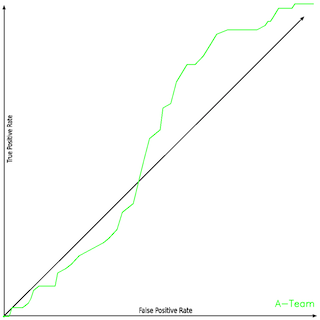 AUC: 0.544, PPV: 0.382 |
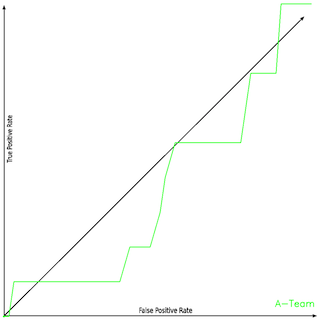 AUC: 0.401, PPV: 0.126761 |
 0.424, PPV: 0.298 |
| Computer Visionaries Total AUC: 0.830 Total PPV: 0.197 |
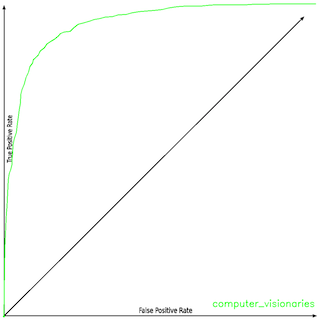 AUC: 0.933, PPV: 0.436 |
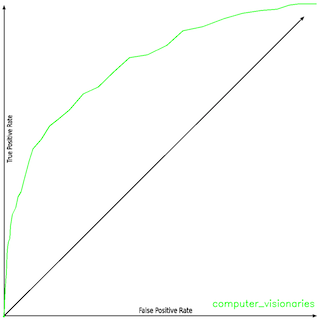 AUC: 0.863, PPV: 0.098 |
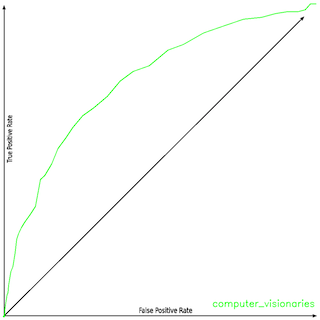 AUC: 0.752, PPV: 0.075 |
| Global Maximum Total AUC: 0.691 Total PPV: 0.749 |
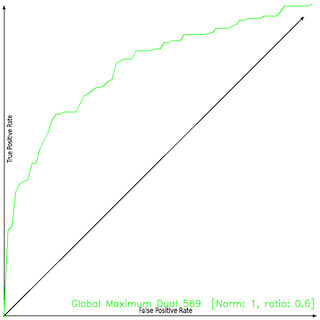 AUC: 0.784, PPV: 0.662 |
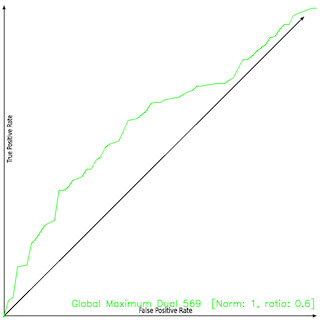 AUC: 0.621, PPV: 0.842 |
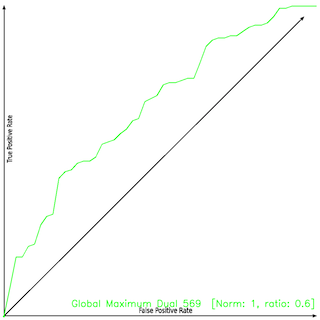 AUC: 0.669, PPV: 0.742 |
| Grotteneumel Total AUC: 0.747 Total PPV: 0.503 |
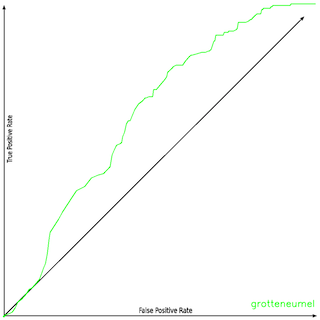 AUC: 0.644, PPV: 0.397 |
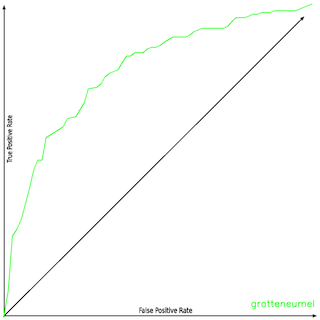 AUC: 0.774, PPV: 0.708 |
 AUC: 0.823, PPV: 0.534 |
| Wurzel Total AUC: 0.899 Total PPV: 0.207 |
 AUC: 0.846, PPV: 0.287 |
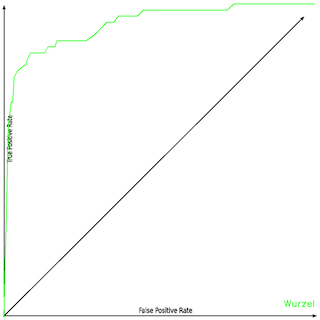 AUC: 0.928, PPV: 0.193 |
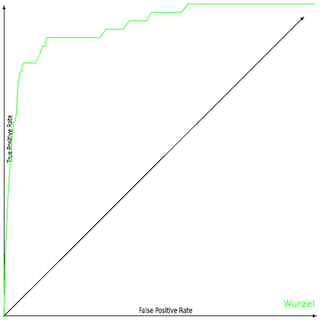 AUC: 0.922, PPV: 0.140 |
Description
This lab course will cover various interesting topics of Computer Vision useful for Robotic applications. The participants will start by implementing some fundamental computer vision algorithms. These basic components will be iteratively expanded as the course progresses resulting in the creation of a full featured visual processing pipeline that in turn can be used to solve complex robotic tasks, in particular SLAM. Participants will then select a specific project from a range of final project topics to further expand their skills and knowledge in desired area of computer vision as the completion of this course.Selection of possibly covered Topics
- Robot Operating System
- Feature Detectors and Descriptors
- Feature Matching and Tracking
- Visual Odometry
- VSLAM
- 3D Reconstruction
- RGBD-Sensors
- Binocular Stereo
General Information
- The course will be held in English language. The materials will also be in English.
- The number of possible participants is 15.
- The course will be likely be divided into two parts: regular exercise sheets in the first part and a final project in the second part
- Requirements: Working knowledge in C++, basic knowledge in Computer Vision
- See the course materials from the previous semester for an idea about the structure of the course.